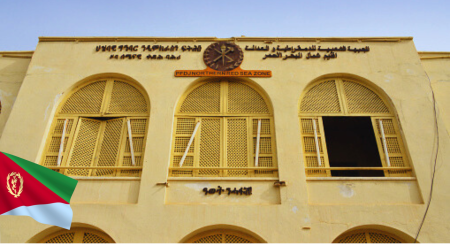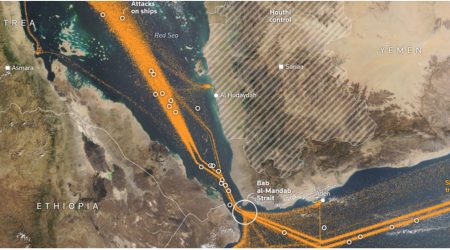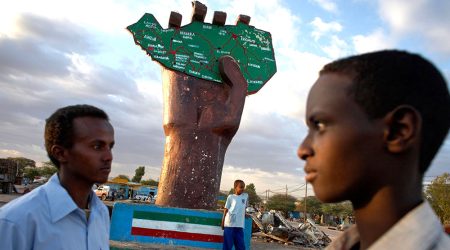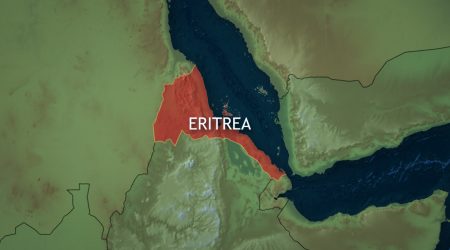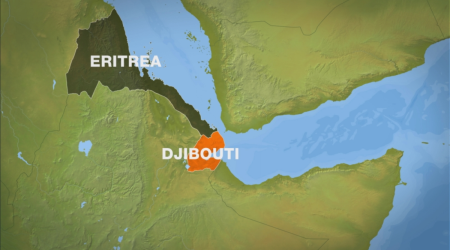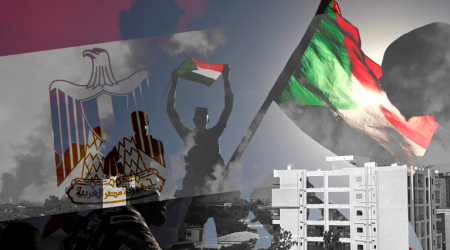
5
May
Decoding PAPSS: A Path to Economic Sovereignty in the Horn of Africa
The Horn of Africa sits at a geopolitical crossroads. Ethiopia’s growing economy, Djibouti’s strategic port infrastructure, and the untapped potential of Somalia and Eritrea offer glimpses of regional prosperity. Yet, persistent political instability casts a long shadow. Ethiopia continues to wrestle with internal unrest, Somalia remains fragmented by decades of conflict, and tensions between Ethiopia and Eritrea endure despite a fragile peace. These dynamics have long hindered economic cooperation, leaving the region heavily reliant on external financial systems like SWIFT – systems that impose high costs and lengthy delays on cross-border transactions.
According to the African Export-Import Bank, Africa loses an estimated $5 billion annually to inefficient cross-border payment systems. These costs stem not only from direct transaction fees but also from infrastructure demands, compliance burdens, and intermediary bank charges – all exacerbated by the lack of currency convertibility across the continent. This inefficiency inflates the cost of doing business and ultimately passes the burden onto consumers and small enterprises.
Enter the Pan-African Payment and Settlement System (PAPSS), an initiative spearheaded by the African Union (AU) and Afreximbank. PAPSS aims to revolutionize intra-African trade by enabling real-time payments in local currencies through a network of interconnected central banks. By bypassing the dollar-dominated global financial architecture, PAPSS promises to reduce transaction costs, shorten settlement times, and empower regional economies. Yet, for countries in the Horn of Africa, its implementation is fraught with political obstacles.
More than an economic solution, PAPSS presents a political opportunity. In a region historically prone to conflict, deepening trade relationships could foster mutual interests that incentivize peace and cooperation. This vision aligns with the AU’s Agenda 2063, which sees economic integration as a stepping stone toward political unity.
Regional institutions such as the Intergovernmental Authority on Development (IGAD) could play a pivotal role in advancing PAPSS. With a mandate to promote peace and development, IGAD is well-positioned to coordinate technical frameworks and foster dialogue among member states. Ethiopia, with its economic ambitions and strategic positioning, could lead by example – using PAPSS not just to enhance trade but to bolster its diplomatic influence and anchor regional integration efforts.
A significant benefit of PAPSS lies in its potential to reduce the Horn’s dependency on foreign systems. The region has long been a theater for external influence, with foreign investment often coming with strategic conditions. By enabling trade in local currencies, PAPSS could strengthen economic sovereignty and embolden governments to pursue independent policies – shifting the balance of power both within the region and in its engagement with global actors.
However, the path to implementation is anything but smooth. Political instability remains a major barrier. In Somalia, the central government lacks full control over its territory, undermining the Central Bank’s ability to participate in regional financial systems. The presence of non-state actors like Al-Shabaab further complicates the security and governance conditions needed for a robust digital payment infrastructure.
Regulatory fragmentation adds another layer of difficulty. PAPSS relies on harmonized financial rules and interoperability among central banks – a tall order in a region where each country operates under distinct political and regulatory conditions. Aligning these systems will require sustained political will and cross-border cooperation, commodities often in short supply amid regional mistrust.
Infrastructure and awareness challenges further slow progress. Many businesses, especially small traders operating within informal markets, lack familiarity with digital financial systems. Rural areas suffer from limited internet access, making integration even more difficult. Effective rollout will demand government-led education campaigns and investments in digital infrastructure – efforts that can be hindered by fragile political structures and resource constraints.
To move forward, the region must pursue a coordinated, inclusive strategy. Governments in the Horn of Africa should work collaboratively to align financial regulations, invest in digital connectivity and literacy, and enhance cross-border communication. Strengthening IGAD’s capacity and forging targeted public-private partnerships can accelerate adoption and ensure grassroots engagement.
Despite the challenges, PAPSS holds transformative potential. It offers a blueprint for economic independence and cooperation in a region long defined by fragmentation. By reducing reliance on external systems, improving financial efficiency, and fostering economic interdependence, PAPSS can help reshape the Horn of Africa’s future.
From my perspective, PAPSS is more than a payment system – it is a vehicle for change. With pragmatic reforms, consistent political will, and inclusive regional collaboration, the Horn of Africa can transform today’s political and infrastructural hurdles into foundations for lasting economic integration and shared prosperity.
By Tsegaab Amare,Researcher,Horn Review

